Your cart is empty.
Your cart is empty.
When considering treatment options for hair loss, women often wonder whether oral or topical minoxidil is the best choice. Topical minoxidil is a popular and FDA-approved treatment for female pattern hair loss, applied directly to the scalp to promote hair growth. To get the most out of topical minoxidil, it’s essential to know how to apply minoxidil correctly, ensuring optimal absorption and effectiveness. For women experiencing hair thinning, minoxidil can be a game-changer, helping to restore volume and promote hair growth. If you’re considering minoxidil for women, you can shop minoxidil products online or consult with a healthcare professional to determine the best course of treatment for your individual needs. By understanding the differences between oral and topical minoxidil, you can make an informed decision about which option is right for you.
Minoxidil is a medication that treats hair thinning and promotes regrowth. Initially developed to manage high blood pressure, its notable effect of excessive hair growth led to its use in addressing hair loss. Today, minoxidil is a popular solution for individuals with hair thinning. It comes in two formats: topical and oral. Topical minoxidil is applied directly to the scalp, targeting hair follicles to stimulate growth. This localized approach effectively promotes regrowth and reduces hair loss. Oral minoxidil works systemically, offering an alternative. Both formats have benefits and drawbacks. Ongoing clinical trials explore minoxidil’s potential, solidifying its position as a trusted solution for hair loss and promoting thicker hair.
Minoxidil stimulates hair growth by increasing blood flow to hair follicles, extending the anagen phase, and promoting longer, thicker hair. Both oral and topical forms use the same active ingredient, but delivery methods differ. Topical minoxidil is applied directly to the scalp, allowing for targeted absorption and localized action, which effectively promotes hair growth and reduces hair loss associated with androgenic alopecia. Oral minoxidil is absorbed systemically, potentially leading to varying efficacy.
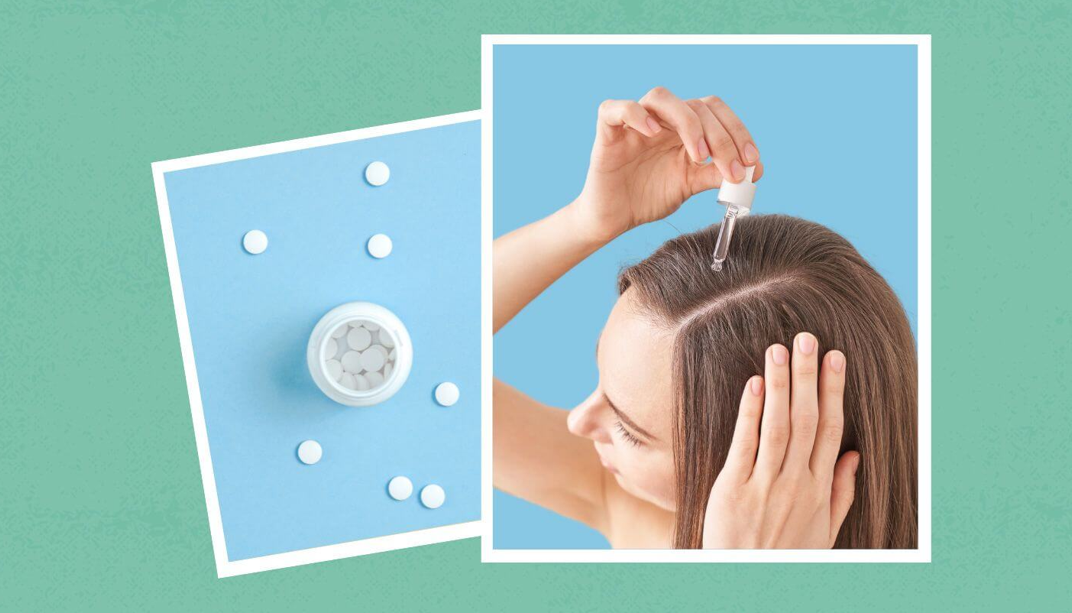
When it comes to treating hair loss, two forms of minoxidil are available: oral and topical. The key differences between these two forms lie in their formulation, administration, absorption, and regulatory status.
Key Differences:
Formulation and Administration:
Absorption:
Frequency and Ease of Use:
Regulatory Status:
Choosing the Right Option:
When deciding between oral and topical minoxidil, consider the following:
Recent clinical data and studies have compared the efficacy of oral and topical minoxidil in treating hair loss. The results are summarized below:
Comparing Efficacy:
Notable Studies:
Ultimately, the choice between oral and topical minoxidil depends on individual preferences, hair loss severity, and treatment goals. Consultation with a healthcare professional is essential to determine the best course of treatment.
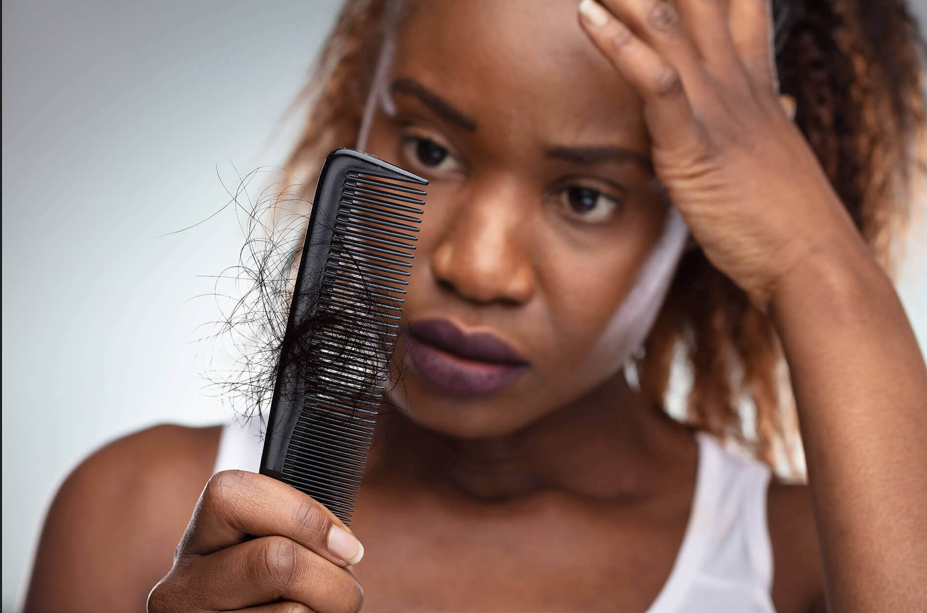
When deciding between topical and oral minoxidil, individual factors such as hair loss severity, treatment preferences, and medical history should be considered. The choice between the two forms depends on several factors.
Topical Minoxidil May Be Better For:
Oral Minoxidil May Be Better For:
To achieve successful results with minoxidil, follow these tips:
Oral minoxidil may be more effective than topical for some, especially non-responders to topical treatments, according to certain studies.
Switching from topical to oral minoxidil is possible, but consult a doctor due to oral minoxidil’s adverse effects.
Both oral and topical minoxidil typically require 3-6 months of consistent use to show noticeable hair regrowth results.
Long-term oral minoxidil use requires monitoring due to potential cardiovascular consequences, particularly at higher doses or with prolonged use.
Using both oral and topical minoxidil together is possible under professional guidance for resistant hair loss cases, but not typically recommended.
References
https://doi.org/10.3390/jcm13247712
https://pmc.ncbi.nlm.nih.gov/articles/PMC9650732
https://doi.org/10.1093/qjmed/hcae070.174

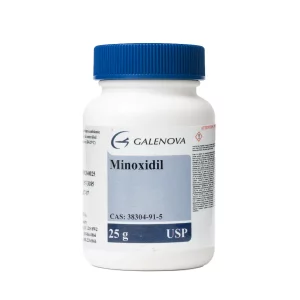
Minoxidil 25mg - Oral vasodilator for blood pressure management. Cardiovascular foundation support, pharmaceutical-grade standards, expert monitoring required.
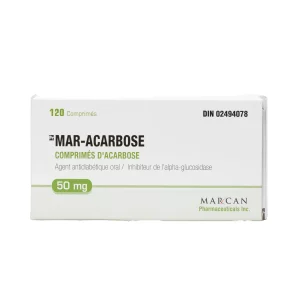
Acarbose 50mg 120 Tablets - Gentle introduction to glucose control. Three-times daily with meals, precision-formulated tablet strength.
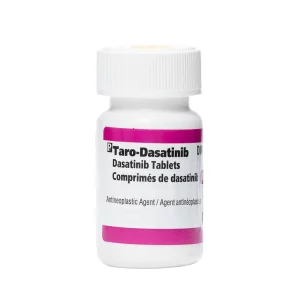
Dasatinib 20mg 60 Tablets - Flexible pediatric-strength dosing option. USP standards compliance, anytime administration, gradual increase capability.
Unlock savings on bundles and elevate your online experience today!